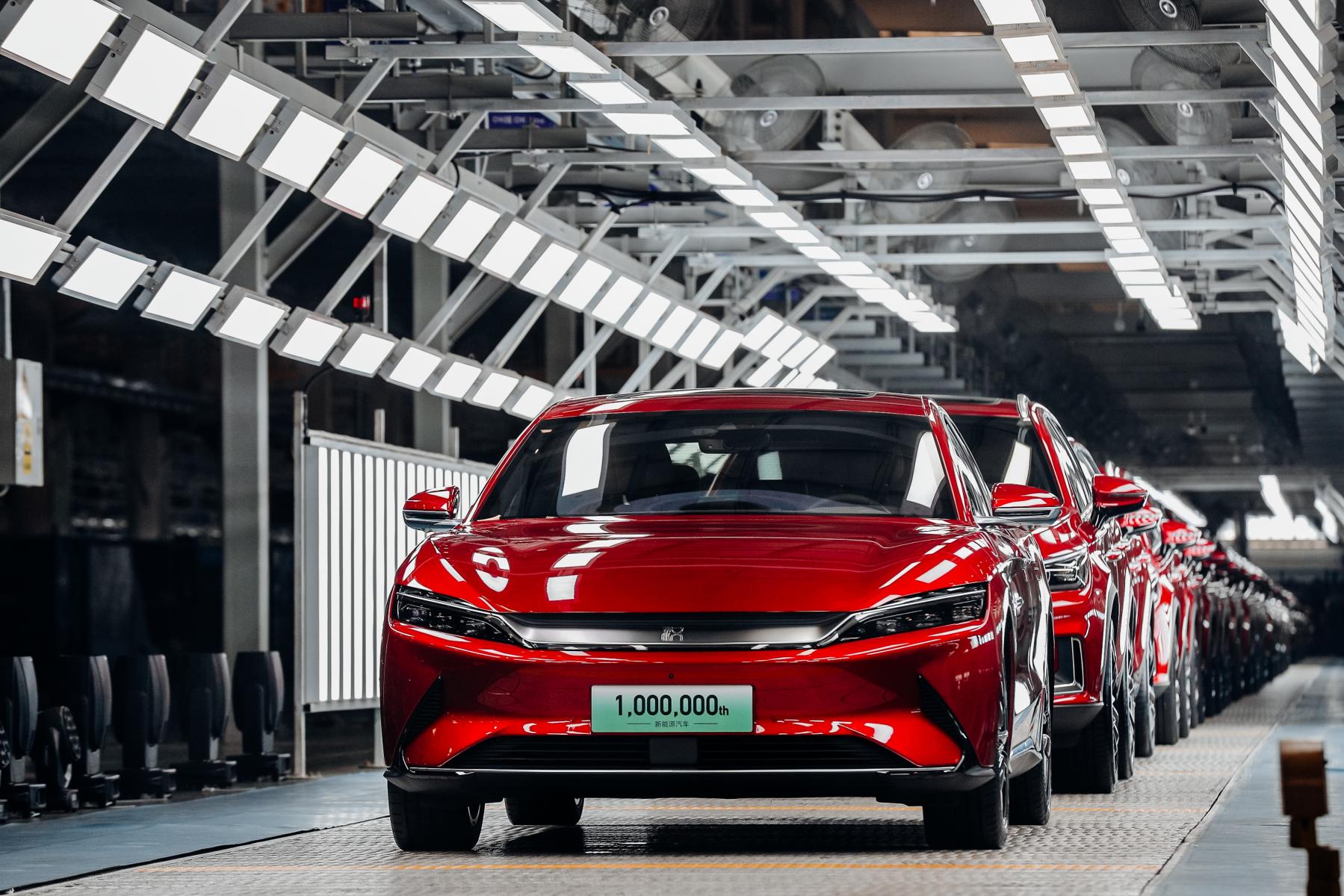With the comprehensive transformation and upgrading of the global manufacturing industry, a new round of technological transformation represented by big data, cloud computing and artificial intelligence is accelerating the promotion of global automotive technology into a new era of iterative upgrading and integrated development. Coupled with the increasing shortage of traditional energy sources and the increasingly prominent environmental pollution problems, as well as the national goal of "carbon peaking and carbon neutrality", new energy vehicles have become a breakthrough leading the transformation and upgrading of the automobile industry.
Although the new energy vehicle industry has certain shortcomings in terms of endurance, battery technology, repair and control, it still has inherent advantages over traditional fuel vehicles. Many people in the industry believe that even for a long time, fuel vehicles, hybrid vehicles, and pure electric vehicles will coexist in the market, and the label of future development is still "electrical". This can be seen from the changes in the market share of pure electric vehicles in China. From less than 2% to more than traditional fuel vehicles, the industry estimates that changes will take place in more than ten years. From the perspective of environmental protection and energy consumption, as long as the cost barrier is overcome and a complete operation and maintenance system is built, the possibility that the future blueprint of pure electric drive can be completed will be greatly improved.

With the rapid rise of new energy vehicles, the auto industry ecology and competition pattern are facing restructuring, the core competitiveness of the industry is changing, and auto products are developing in the direction of low-carbon, electric, and intelligent. If you want to mention the future development trend of new energy vehicles, it is foreseeable that it will eventually replace traditional fuel vehicles, it is only a matter of time. As an emerging business, new energy vehicles have not only changed the development model of the automobile industry, but also led to changes in travel modes. Whether it is logistics travel or personnel travel, they have entered the sharing stage. At present, many OEMs have also begun to establish their own operating brands. In addition, there is a clear trend of customization of operating vehicles.
Decarbonization is the first big challenge facing the automotive supply chain. Under the vision of global carbon neutrality, OEMs and parts companies are highly concerned about the transformation of the supply chain. How to achieve green, low-carbon or net-zero emissions in the supply chain is a problem that must be solved by enterprises. Most of the timetables for carbon neutrality of large auto companies are set by 2035 or 2040, when the entire industry chain will achieve net zero emissions. This means that not only the entire vehicle manufacturing process, but also the production of upstream parts and components to logistics and transportation must achieve net zero emissions. The supply chain is a key threshold for the future development of electric vehicles and smart vehicles. Supply chains are globalized, and companies are not only affected by their own strategies, but also by external factors such as international ones. In particular, the epidemic, trade disputes between major countries, technological competition, and shipping will affect the changes in the supply chain of the automotive industry.
There are still many obstacles and difficulties in the development and technological innovation of new energy vehicles. In this regard, the author suggests: First, in view of the high production costs, high operation and maintenance costs of many new energy vehicles, we can take the form of creating a technology innovation alliance, learn from each other, expand the product technology chain, and build new energy vehicles. The common technology research and development alliance platform focuses on breaking through the bottleneck of the core technology of power batteries and saving production costs. Second, the development of charging infrastructure is not coordinated. The widespread use of new energy vehicles requires the popularization of charging infrastructure, but in real life, the development of charging infrastructure is seriously inconsistent with the popularization of new energy vehicles. With the development of society, this problem will be gradually solved. In the future, all new residential areas should place the construction of charging power sources in the same important position, otherwise the real estate will not pass the acceptance inspection and be sold. This is undoubtedly a big plus for new energy vehicles.
The only infrastructure in the era of fuel vehicles is gas stations and gas stations. The development of vehicle electrification will bring about major changes in the energy infrastructure in the future. Charging, battery swapping, fast charging, slow charging, mobile recharging of batteries, hydrogen refueling, etc., will constitute the integrated infrastructure. This will be a major highlight of future electrification development and a hot spot for industry investment. The outbreak of the market will stimulate a new wave of automotive technology innovation. In the past, the main problem that plagued the marketization of new energy vehicles was cost. After the subsidy is withdrawn, technology will become the core element of competition between new energy vehicles and fuel vehicles. Today, technological progress has given new energy vehicles the economic advantage to compete with fuel vehicles of the same class, and has truly ushered in an inflection point expected by the industry.

